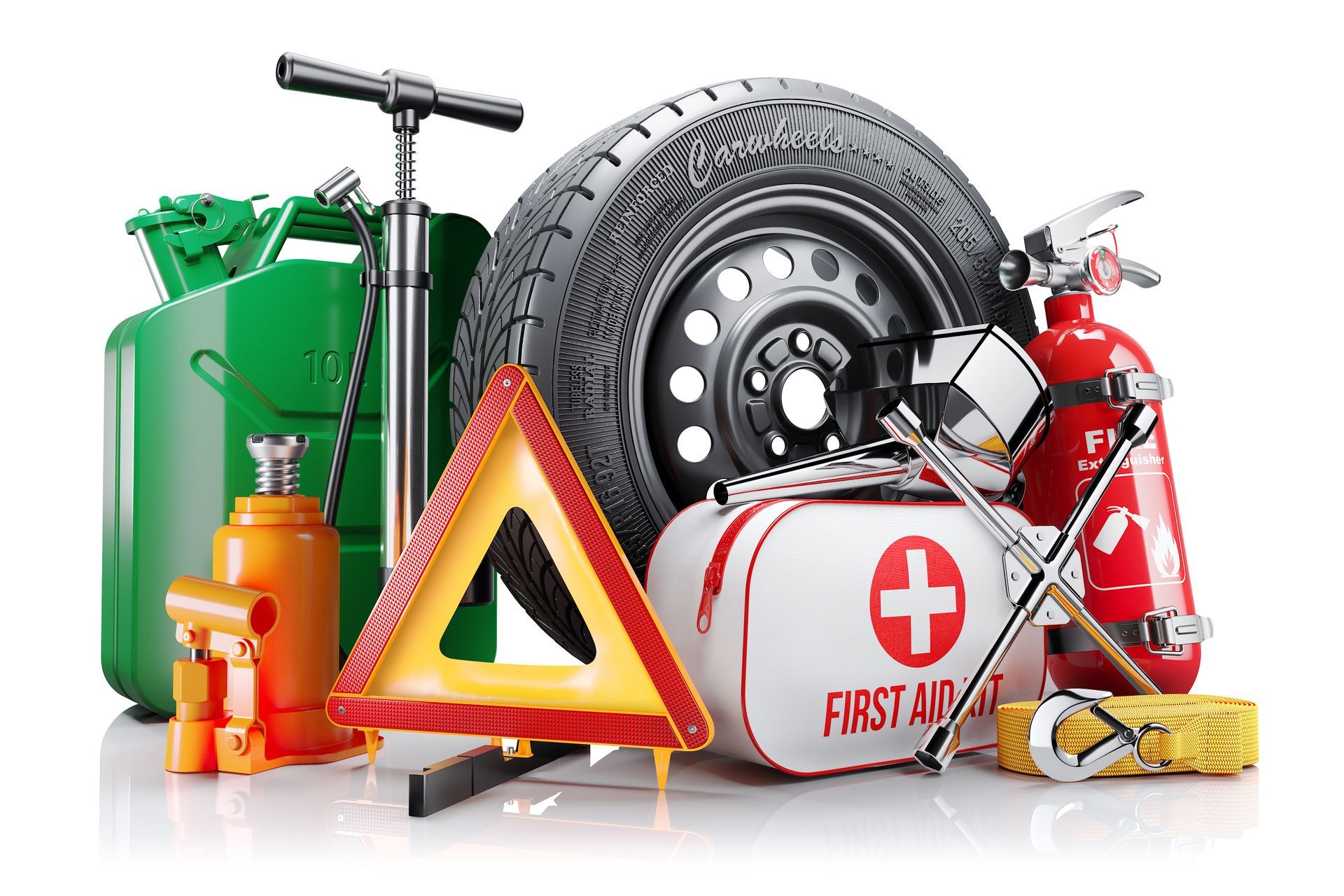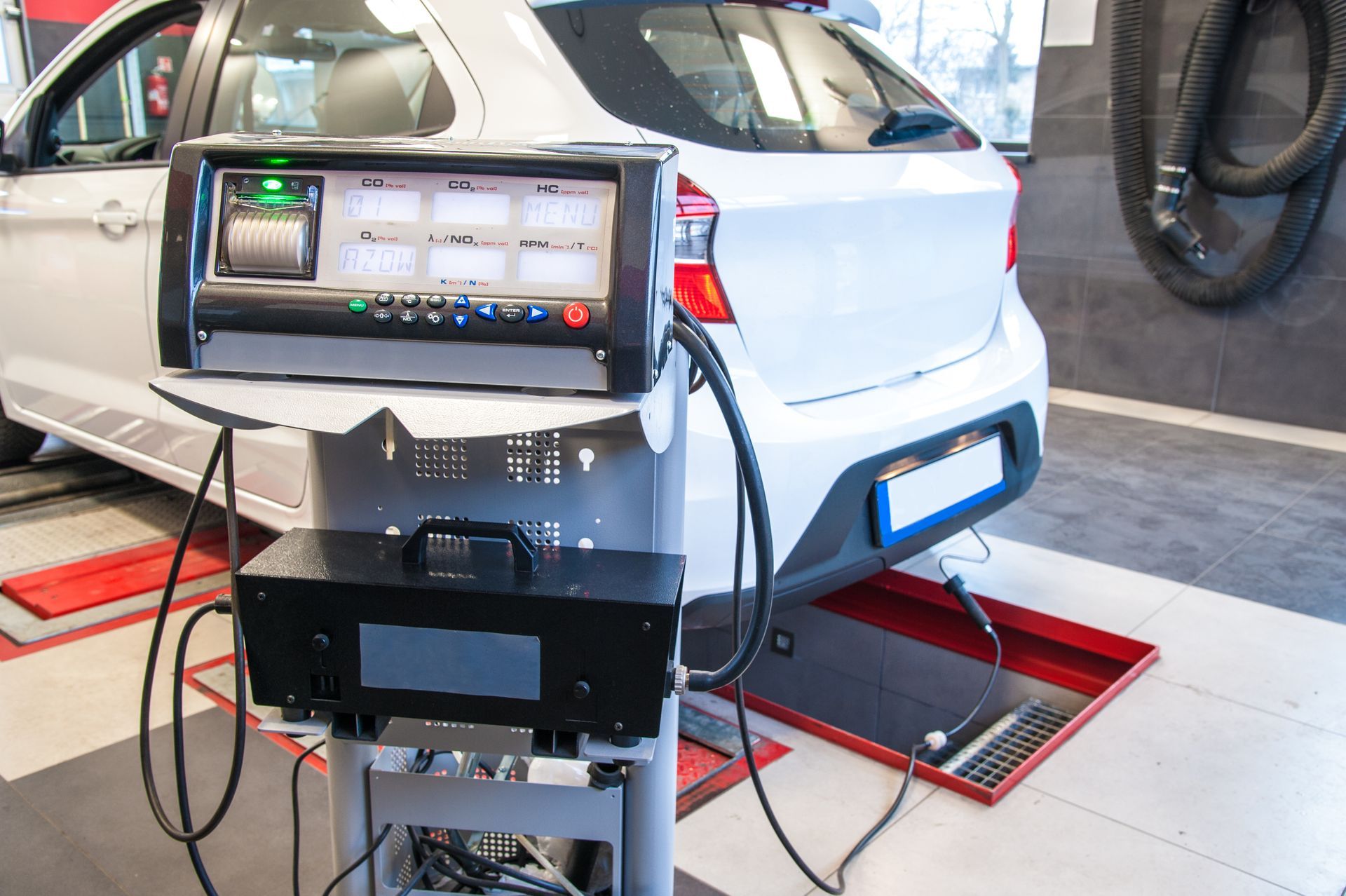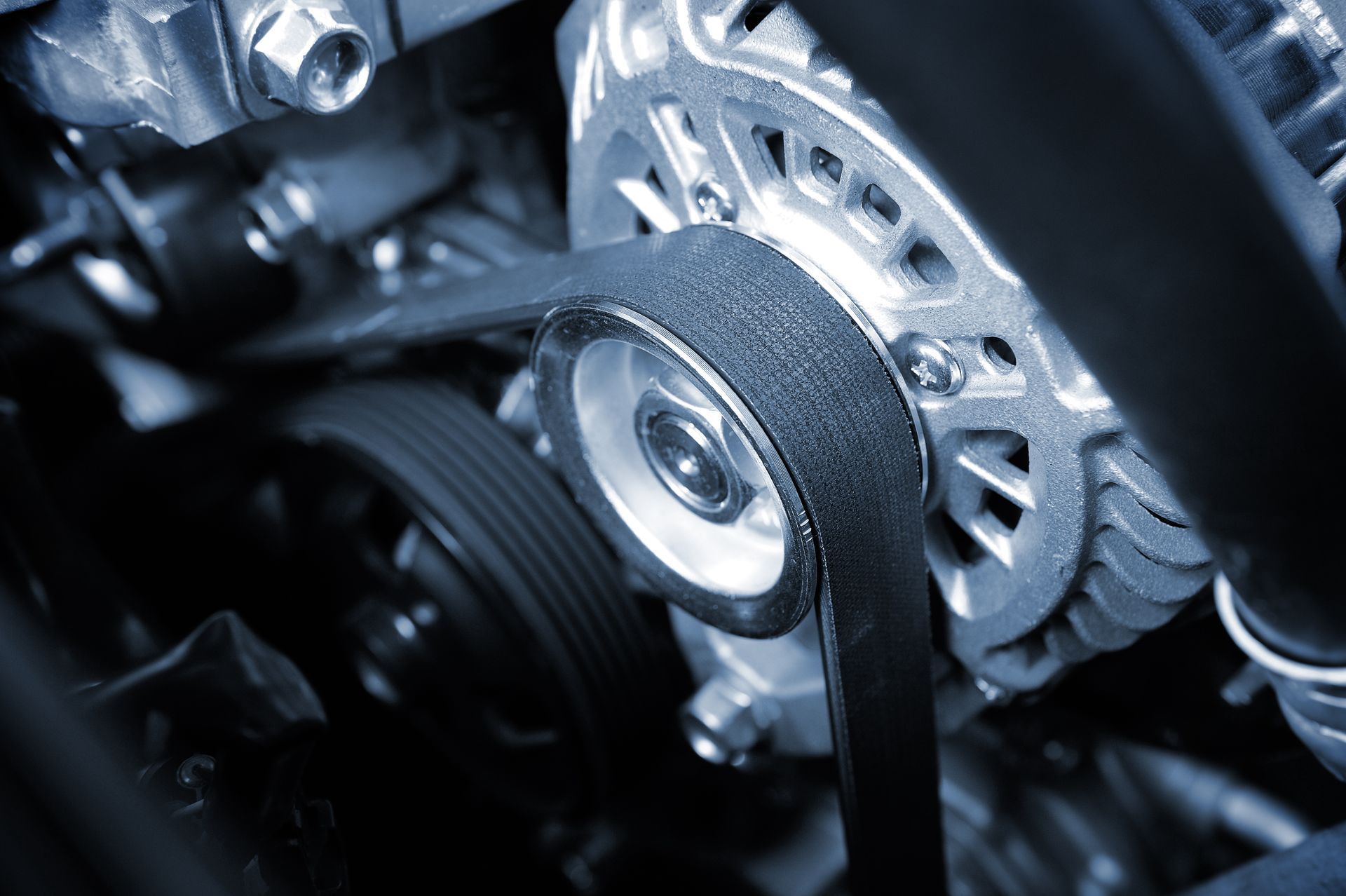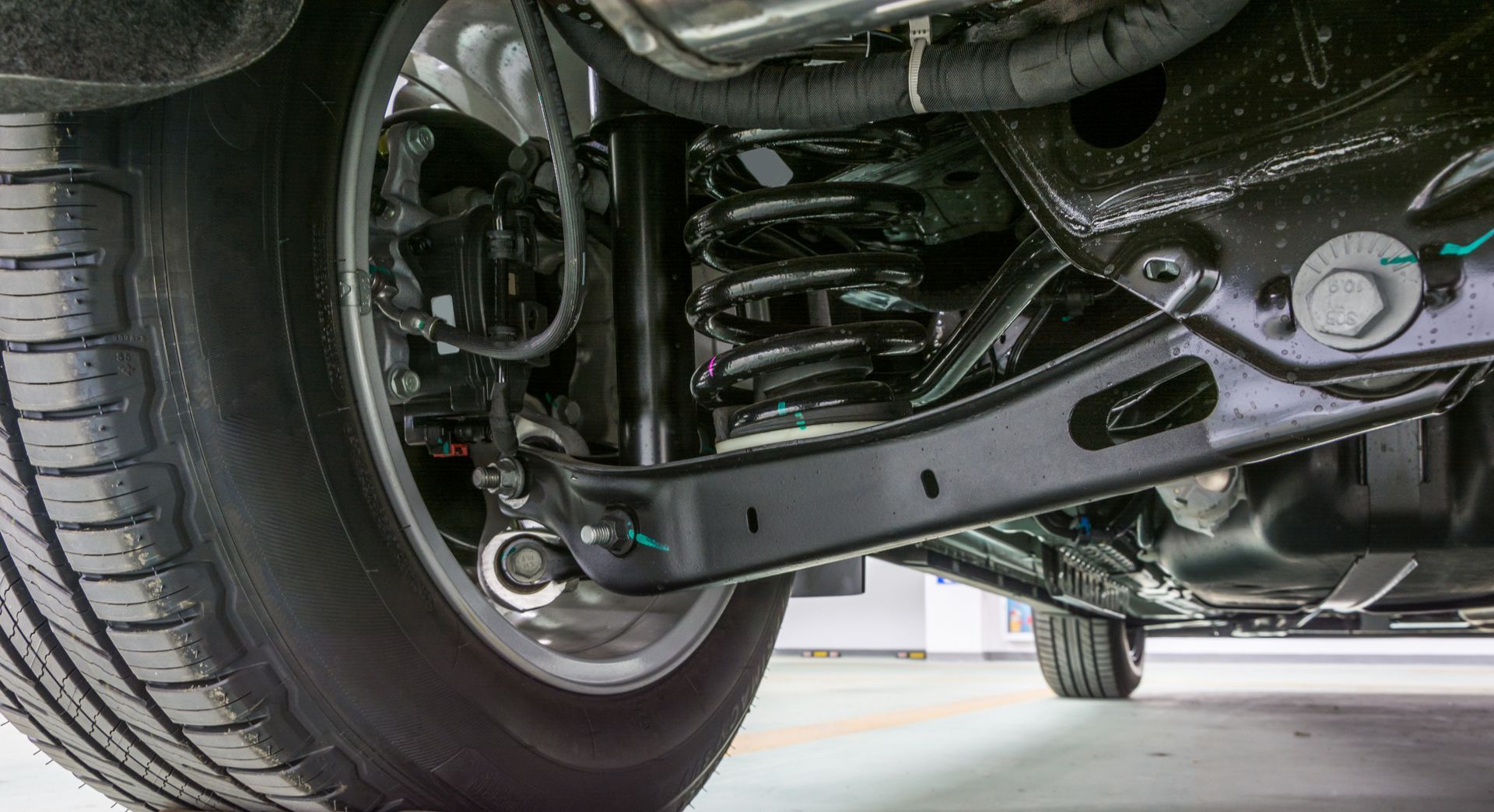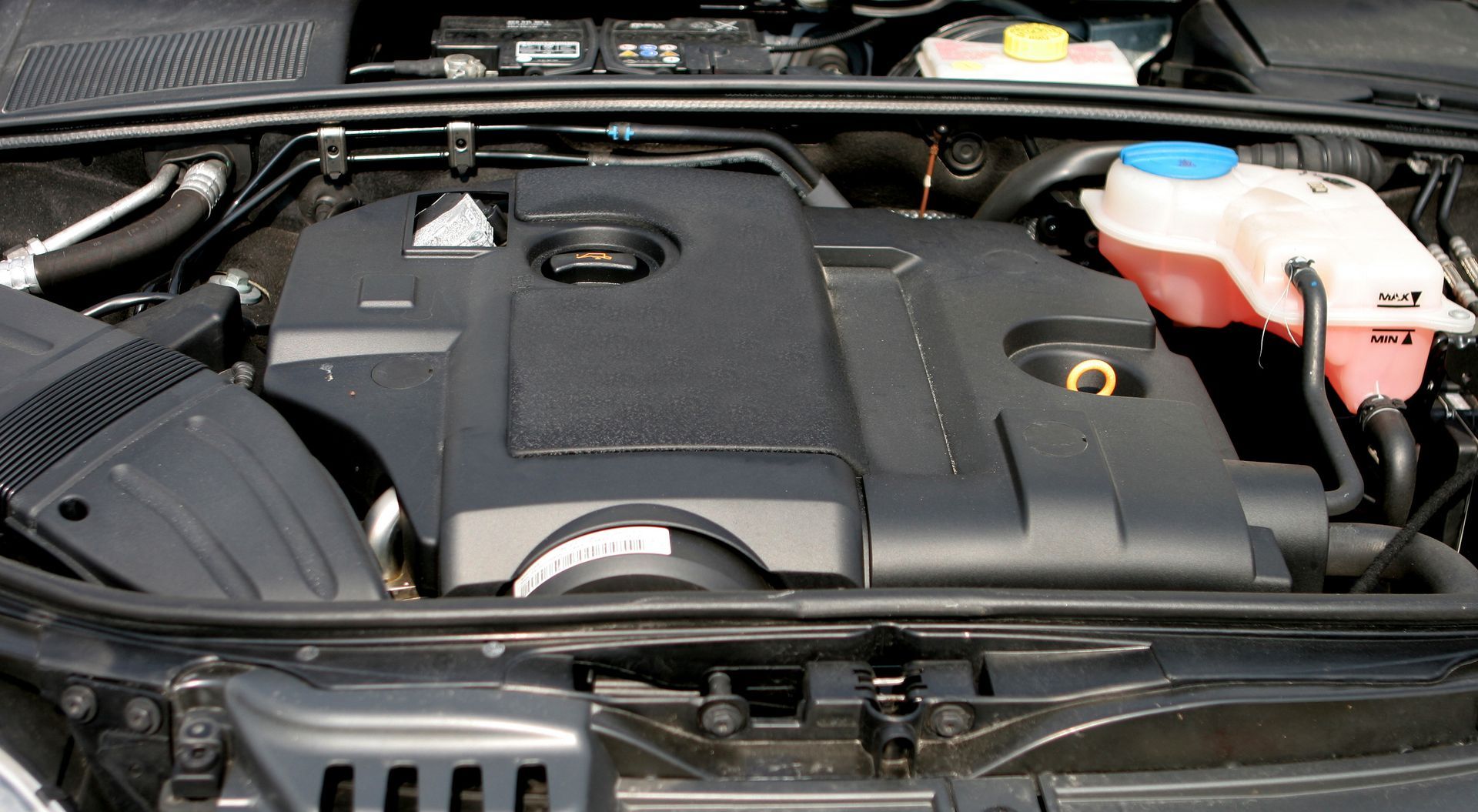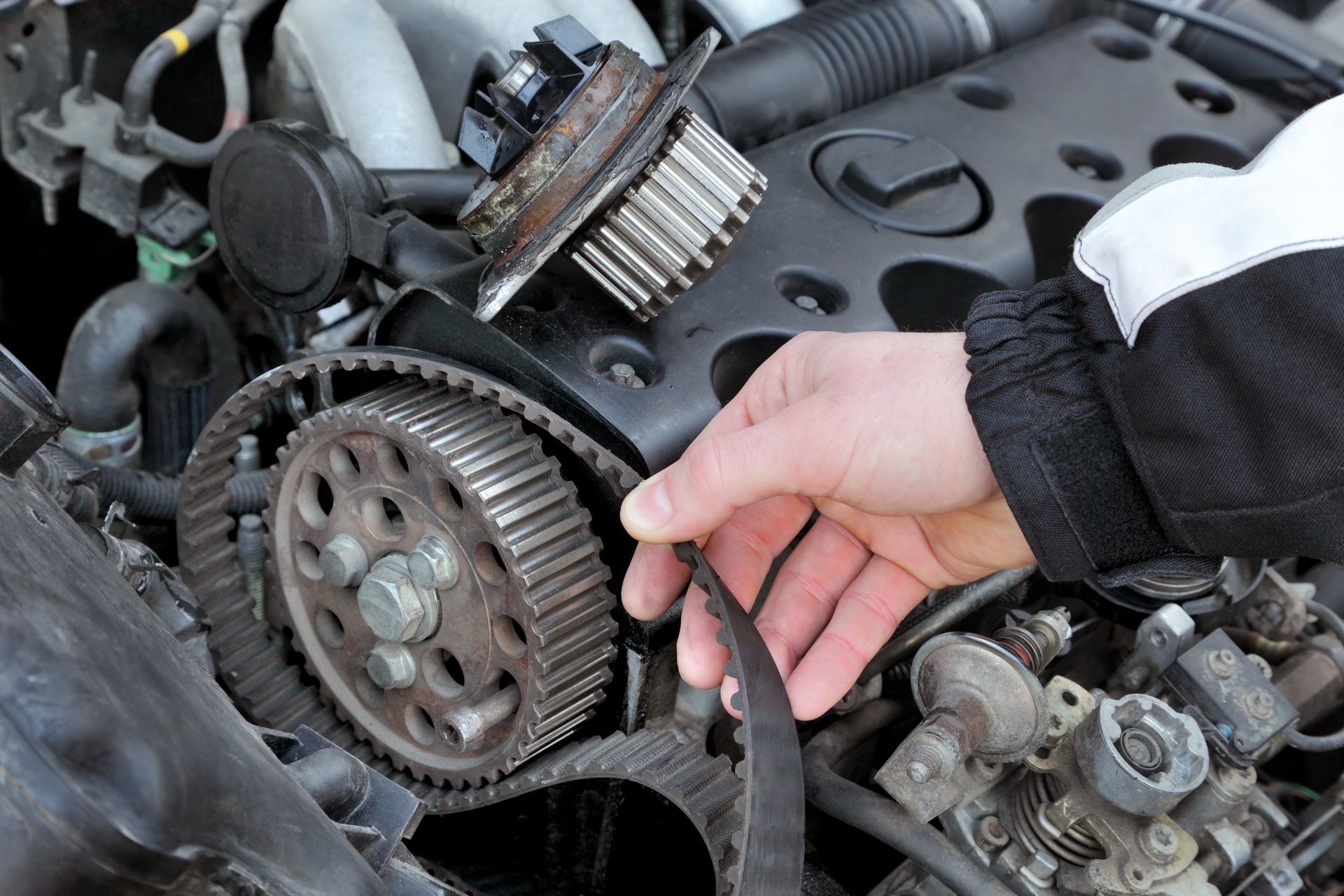When it comes to maintaining your vehicle, many people think of oil changes and brake checks as the top priorities. But what about your tires? Tire rotation and balancing often get overlooked, yet they play a significant role in extending the life of your tires and ensuring safe driving. Let's see why these simple maintenance tasks are so crucial to your car's overall health.
What is Tire Rotation and Why Does It Matter
Tire rotation is the process of periodically changing the position of your tires to ensure even wear. Tires wear out at different rates depending on where they are positioned on the vehicle. For instance, in front-wheel-drive cars, the front tires typically wear out faster because they handle most of the power and steering. Rotating the tires regularly balances out the wear and tear, extending their lifespan and improving performance.
Without tire rotation, uneven tire wear can occur, which leads to a host of problems. You might experience reduced traction, a less comfortable ride, and an overall decrease in the lifespan of your tires. Regular rotations ensure that each tire experiences wear equally, saving you money on premature tire replacements and maintaining better handling and safety.
How Often Should You Rotate Your Tires
Most experts recommend rotating your tires every 5,000 to 8,000 miles. However, this can vary depending on your vehicle and driving habits. If you're unsure of the recommended interval for your car, it's best to consult your owner's manual or ask a trusted service provider. The key is consistency. Regular rotations will help ensure even wear and keep your tires in good condition for longer.
Why Tire Balancing is Just as Important
While tire rotation addresses the even distribution of wear, tire balancing focuses on the distribution of weight across the tires. Over time, tires can become unbalanced due to uneven wear or issues like hitting a pothole. When a tire is unbalanced, you might feel vibrations while driving, particularly at higher speeds. These vibrations aren't just uncomfortable; they can also lead to uneven tire wear and damage to suspension components.
Tire balancing involves adjusting the weight distribution on your wheels by adding small weights to specific areas. This ensures that your tires roll evenly and your car runs smoothly. Neglecting to balance your tires can cause uneven tire wear, reduced fuel efficiency, and even damage to other parts of your car, such as the shocks or bearings.
Signs That Your Tires Need Balancing or Rotation
Your car will often give you warning signs when it’s time to rotate or balance your tires. Here are some common indicators:
- Vibrations in the Steering Wheel: If you feel your steering wheel shaking or vibrating, especially at higher speeds, it could mean your tires are out of balance.
- Uneven Tire Wear: Inspect your tires regularly. If you notice that one tire is more worn down than the others, it’s time for a rotation.
- Noisy Ride: If your tires are making more noise than usual while driving, they might be due for balancing or rotation.
Pay attention to these signs to catch potential issues before they cause more significant problems down the road.
Benefits of Regular Tire Rotation and Balancing
Maintaining a routine of tire rotation and balancing offers numerous benefits, including:
- Extended Tire Life: Tires that wear evenly last longer, saving you money on replacements.
- Improved Fuel Efficiency: Properly balanced and rotated tires reduce rolling resistance, which means your engine doesn’t have to work as hard, resulting in better gas mileage.
- Enhanced Vehicle Safety: Evenly worn and balanced tires improve traction and handling, making your car safer to drive, especially in challenging conditions like rain or snow.
- Smoother Ride: Balanced tires eliminate vibrations, ensuring a more comfortable ride for you and your passengers.
Is your car due for a tire rotation or balancing? Visit
Top Gun Auto Repair today for a full inspection and service. Our experienced team will help extend the life of your tires and improve your vehicle's performance.

